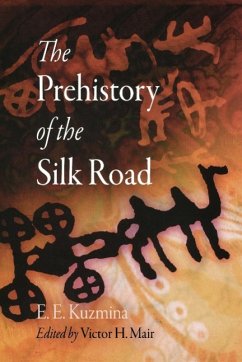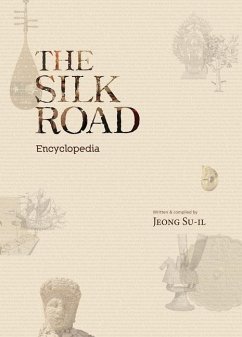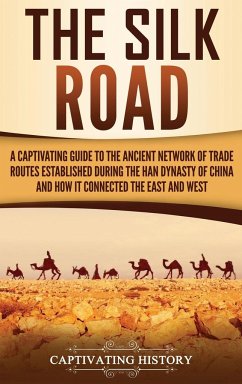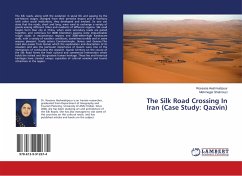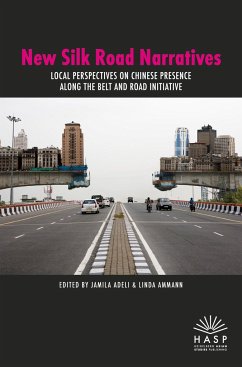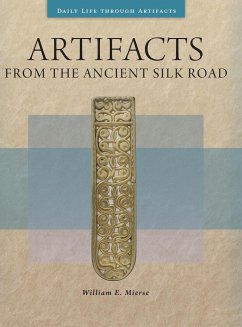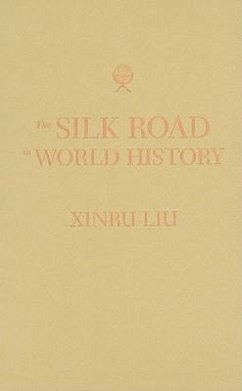
Silk Road Footprints
Transnational Transmission of Sacred Thoughts and Historical Legacy
Herausgeber: Kim, David W
Versandkostenfrei!
Versandfertig in über 4 Wochen
100,99 €
inkl. MwSt.

PAYBACK Punkte
50 °P sammeln!
The Silk Road generally evokes images of places, cultures and peoples linked by the exchange of exotic goods and fabled treasures. The notion of the subject, however, often disregards the historical fact that the Silk Road routes functioned as a unique channel for spreading religious ideas, culture and literature. The personal or community beliefs of the Silk Road were changed radically as a result of the impact of external influences. 'Silk Road Footprints: Transnational Transmission of Sacred Thoughts and Historical Legacy' demonstrates that sacred communities interacted, coexisted, competed...
The Silk Road generally evokes images of places, cultures and peoples linked by the exchange of exotic goods and fabled treasures. The notion of the subject, however, often disregards the historical fact that the Silk Road routes functioned as a unique channel for spreading religious ideas, culture and literature. The personal or community beliefs of the Silk Road were changed radically as a result of the impact of external influences. 'Silk Road Footprints: Transnational Transmission of Sacred Thoughts and Historical Legacy' demonstrates that sacred communities interacted, coexisted, competed and influenced each other over long periods. These include those local traditions that evolved in ancient China, the Middle East, Africa, Central Asia, Korea and Japan and the subsequent larger traditions that arose in the region-Judaism, Buddhism, Christianity and Islam-as well as the shamanistic and animistic traditions of various nomadic peoples. The history of religions along the Silk Road is a remarkable illustration of how beliefs and civilisations often reflect a broad pattern of synthesis rather than clash. This book indicates that Asia (South, Southeast, East Asia and China), one of the most pluralistic religious regions in the world, has become a center of attention as a bridge between cultures. Ultimately, the creative study of the Silk Road and religious transnationalism evidences the implication that the local groups have been developed under the new environment of sacred principles and traditions as well as political influence.



